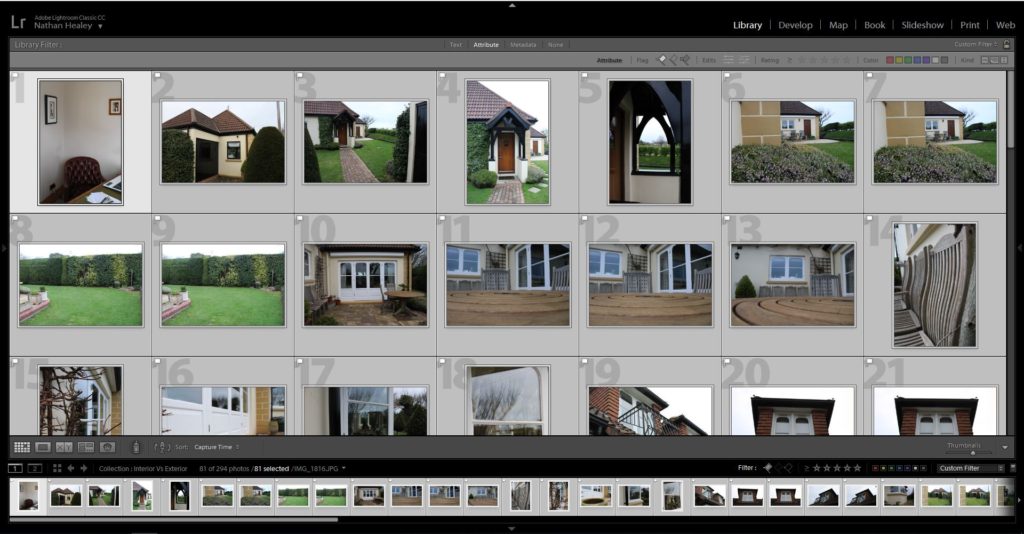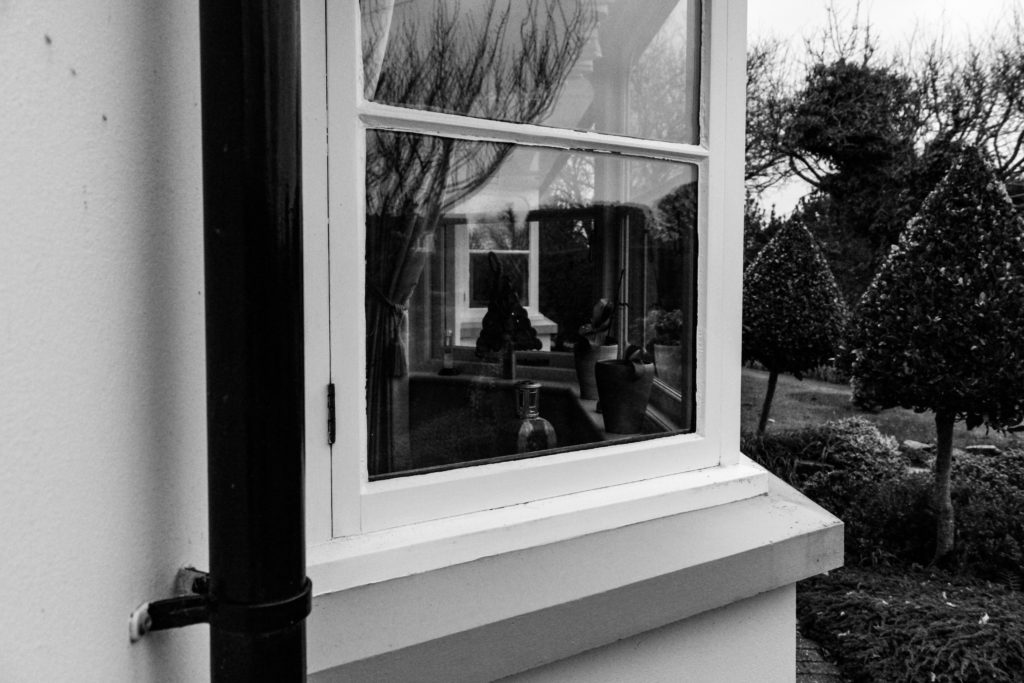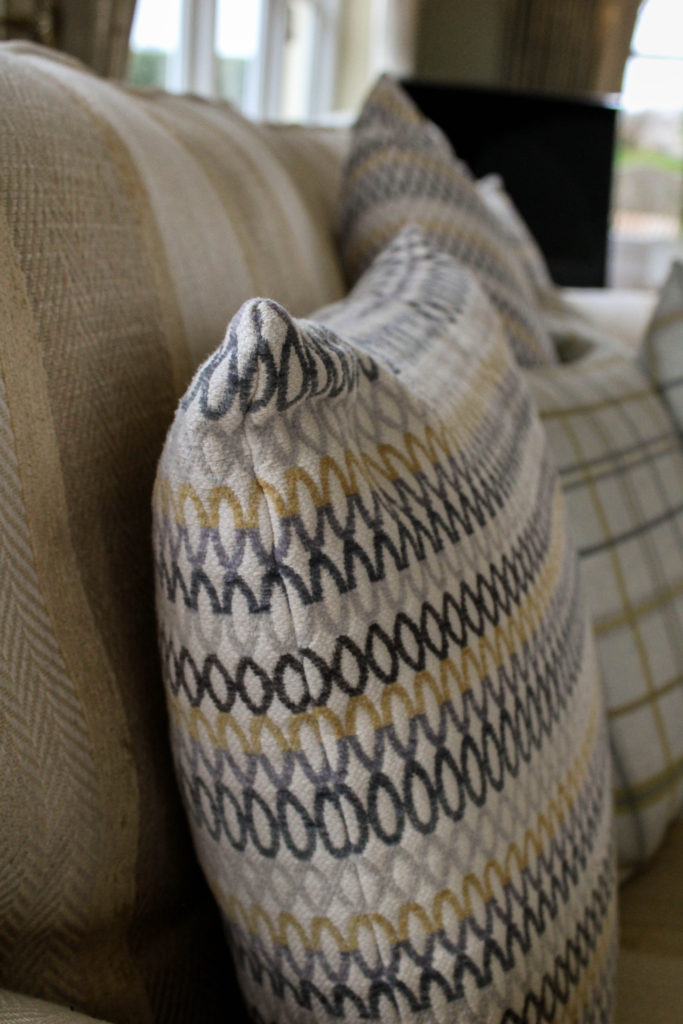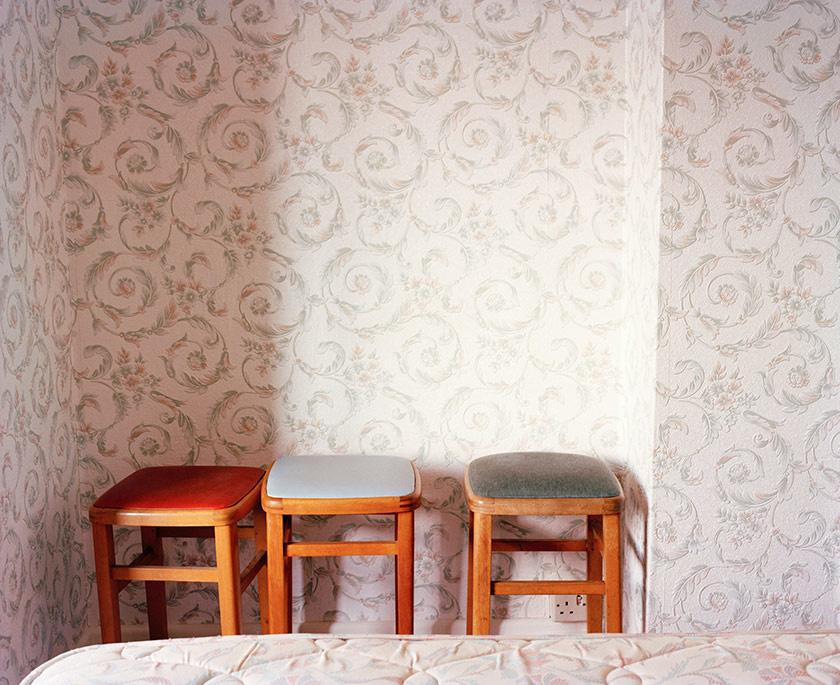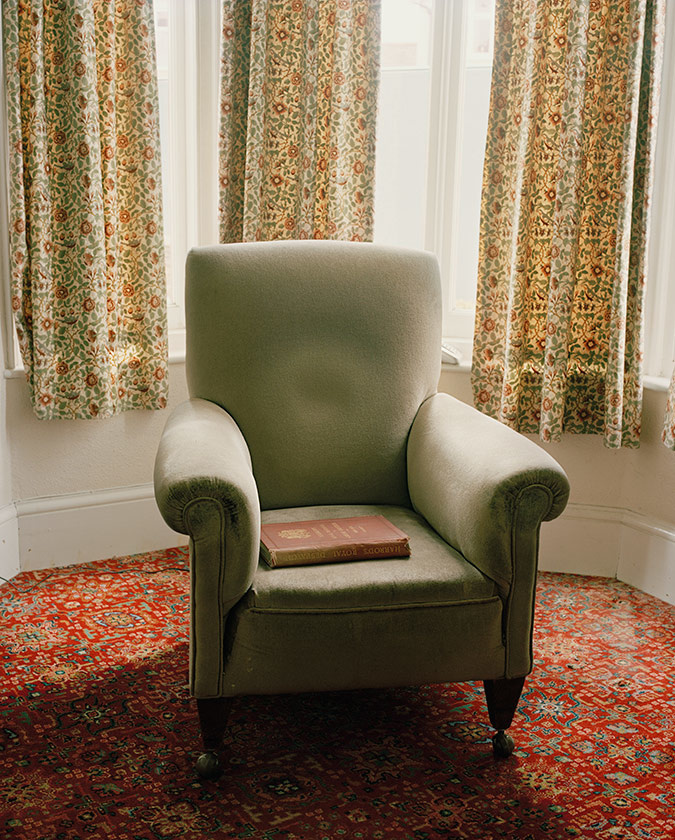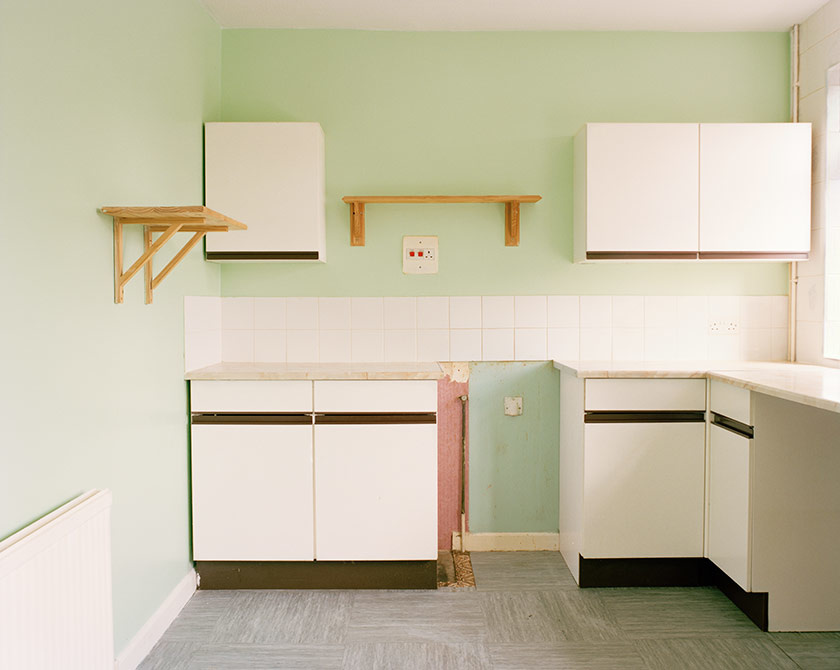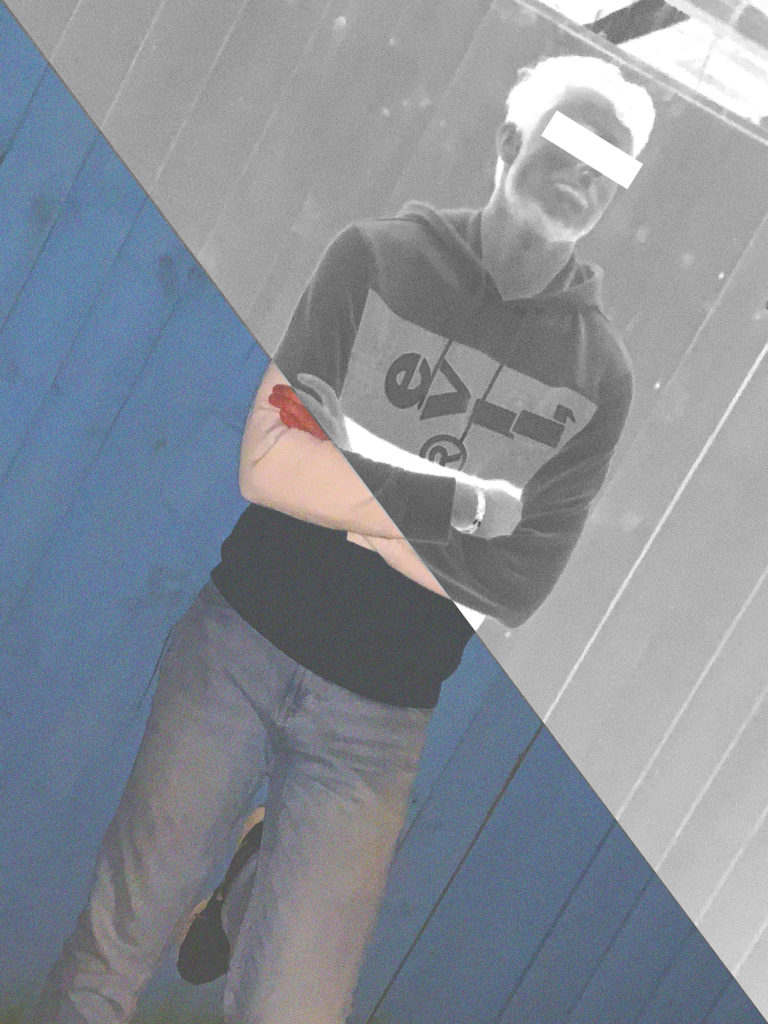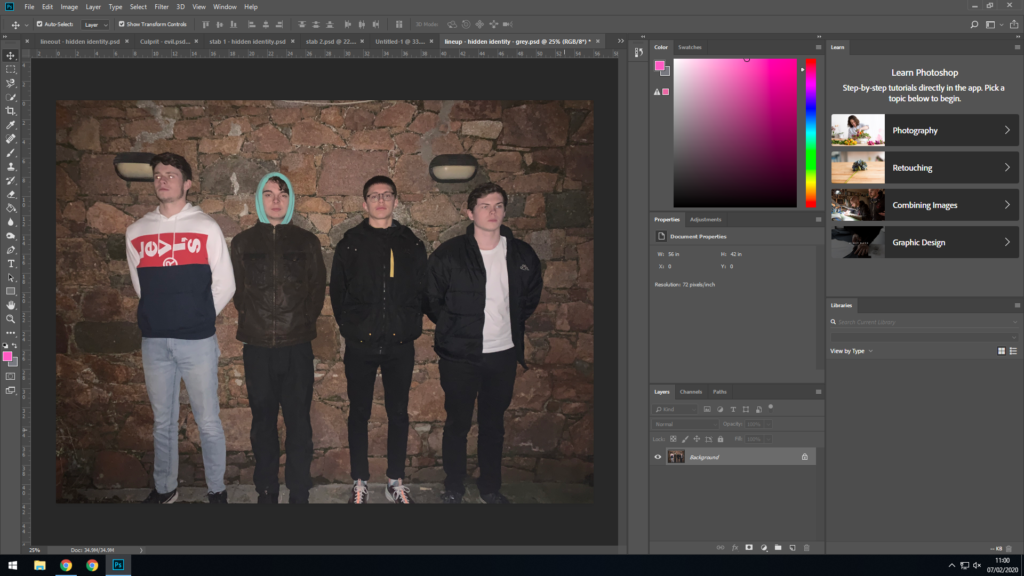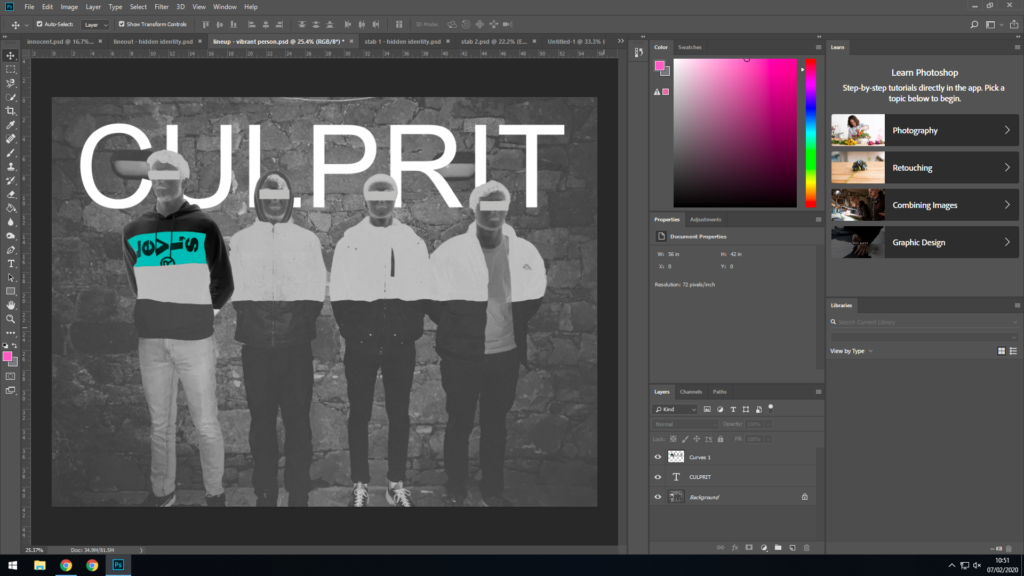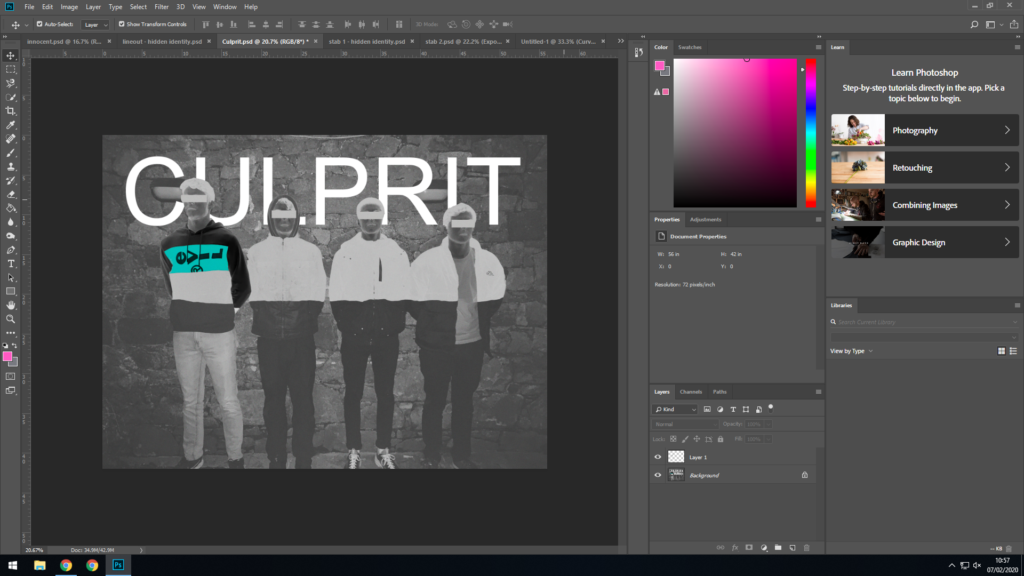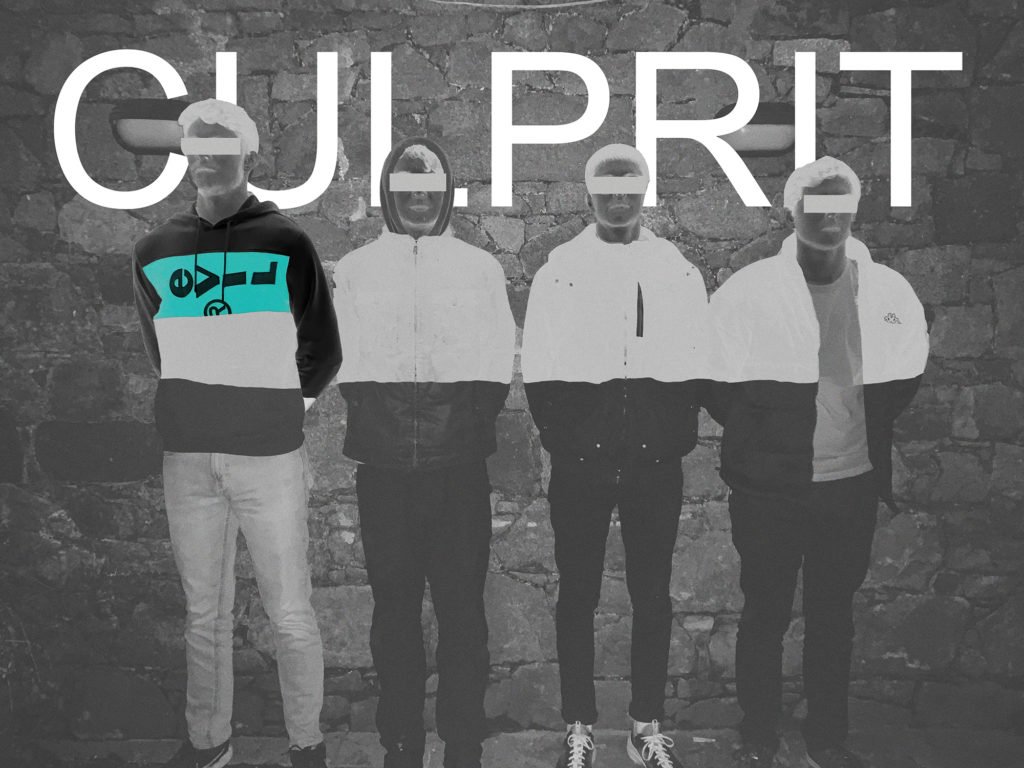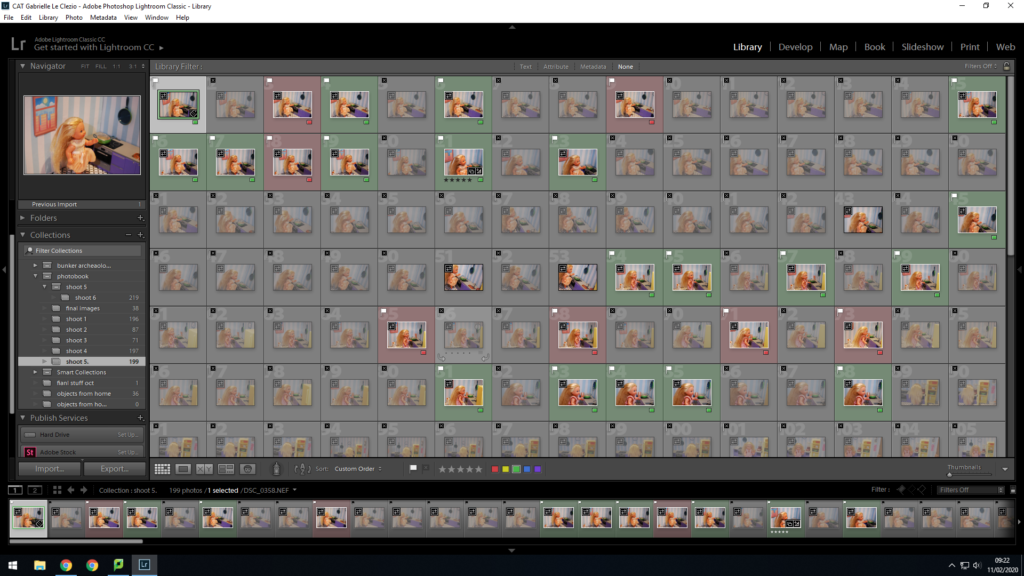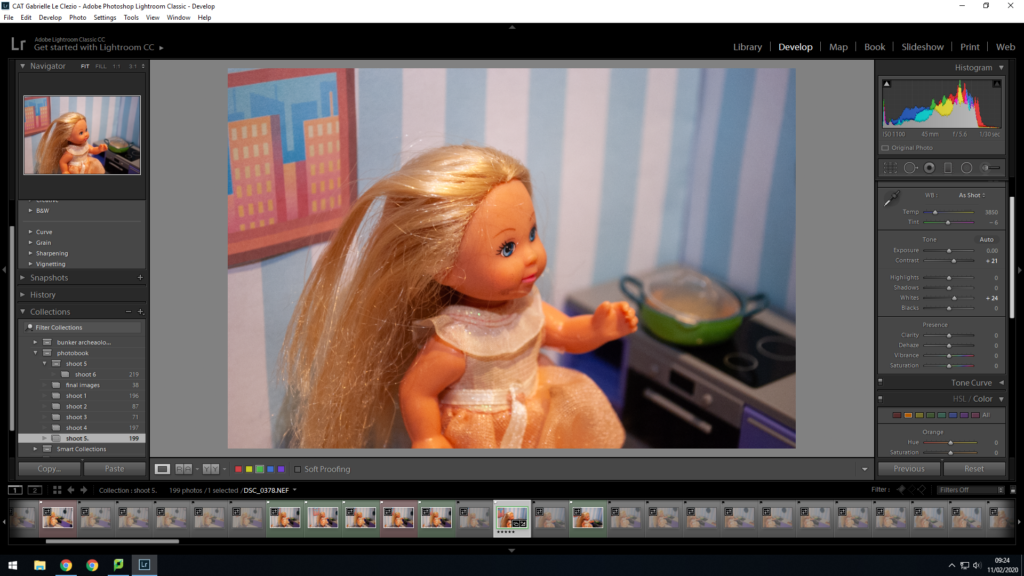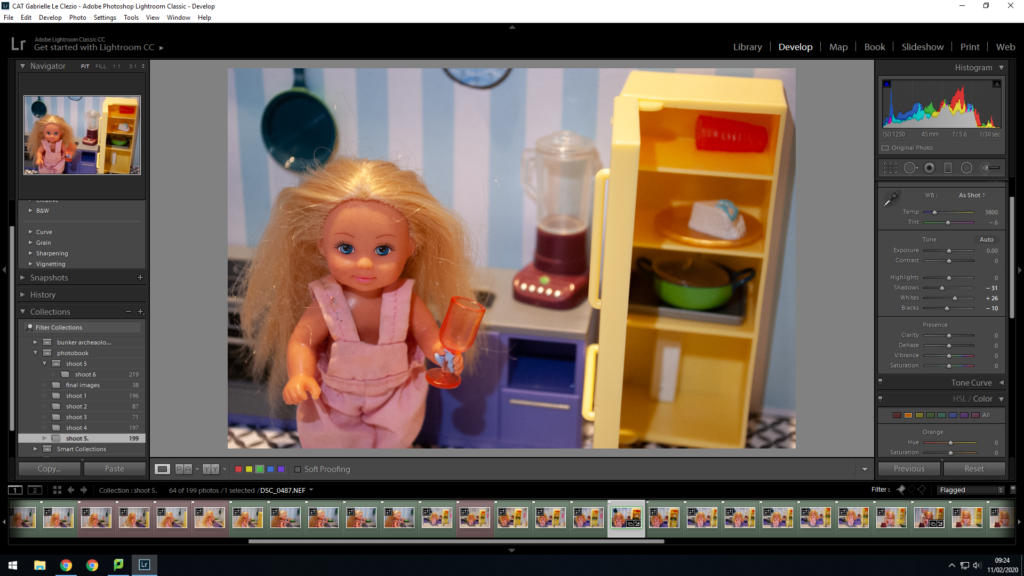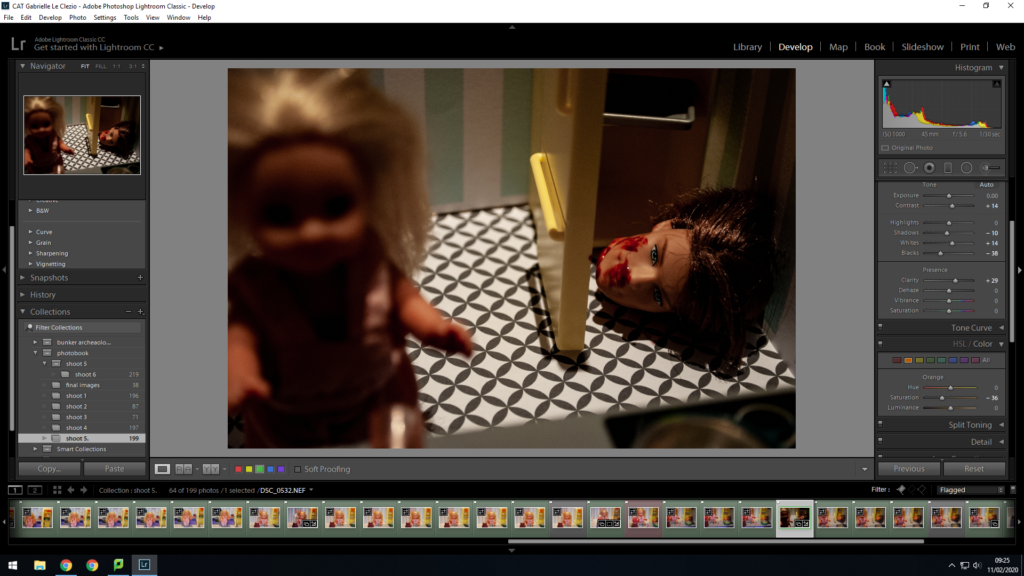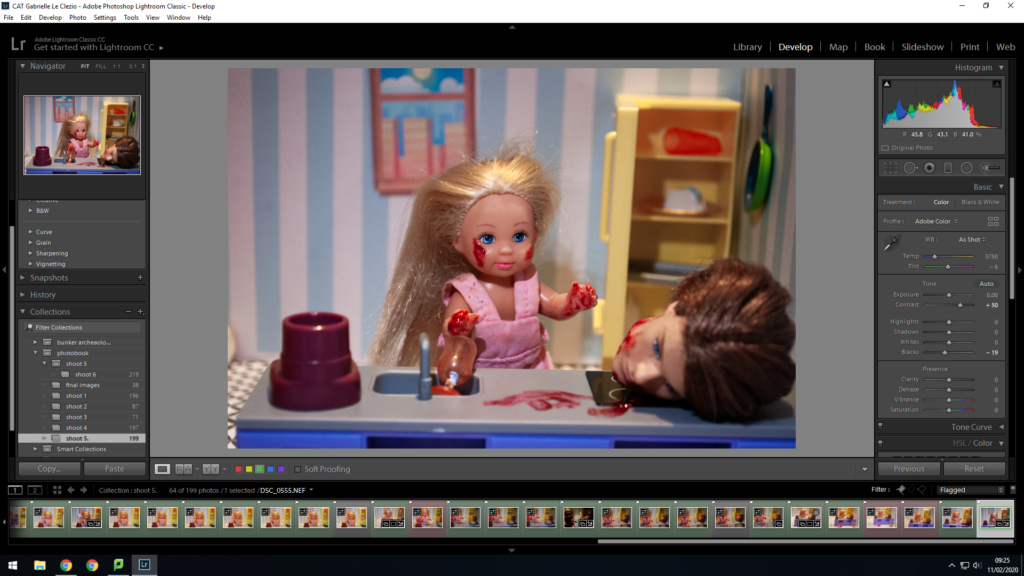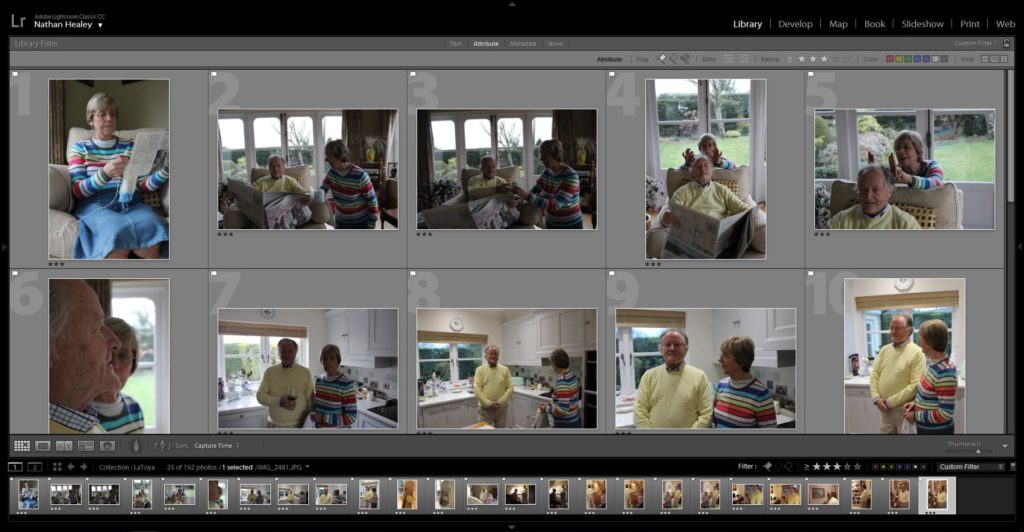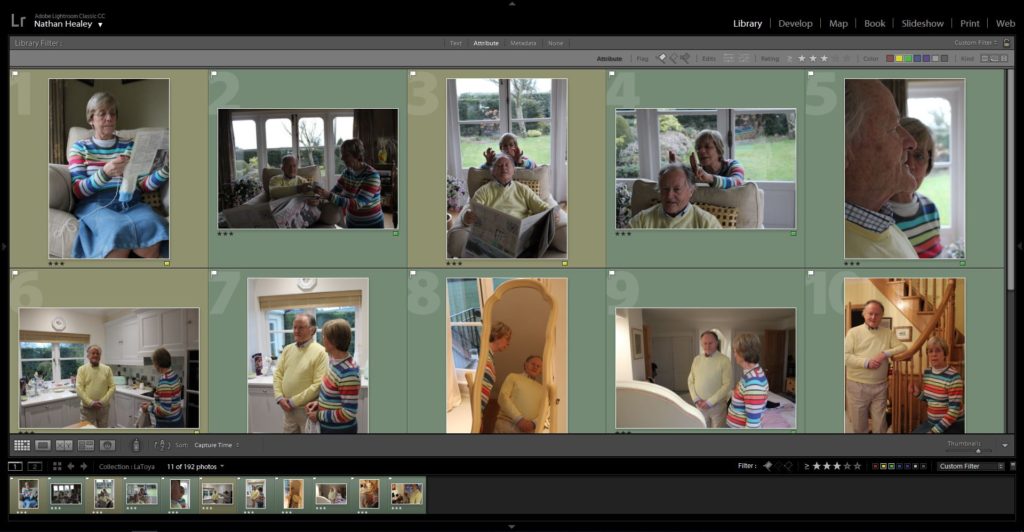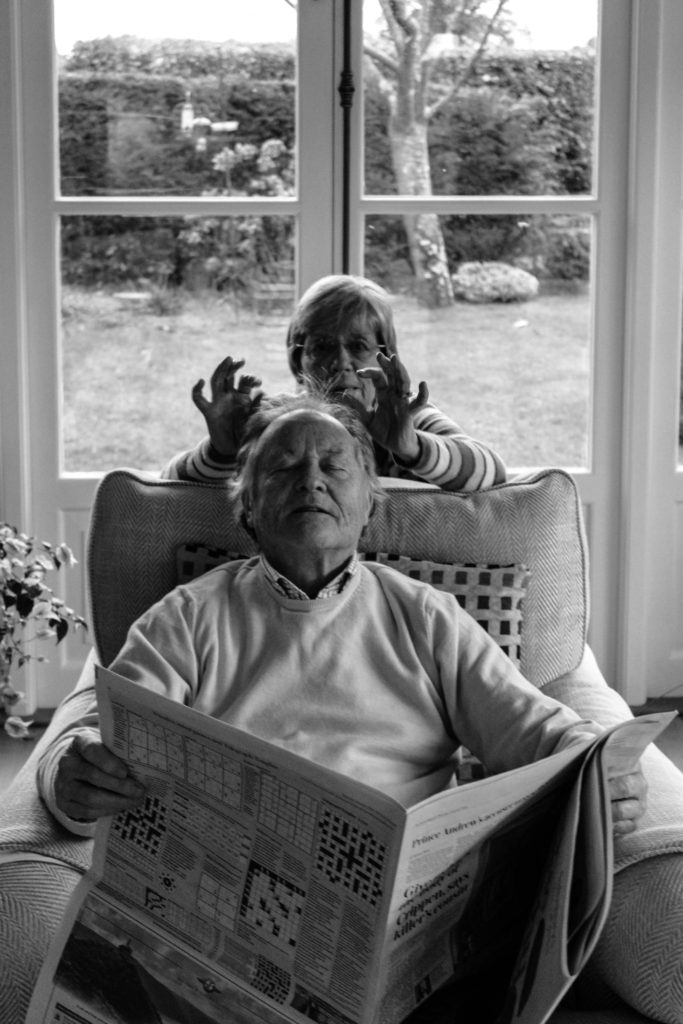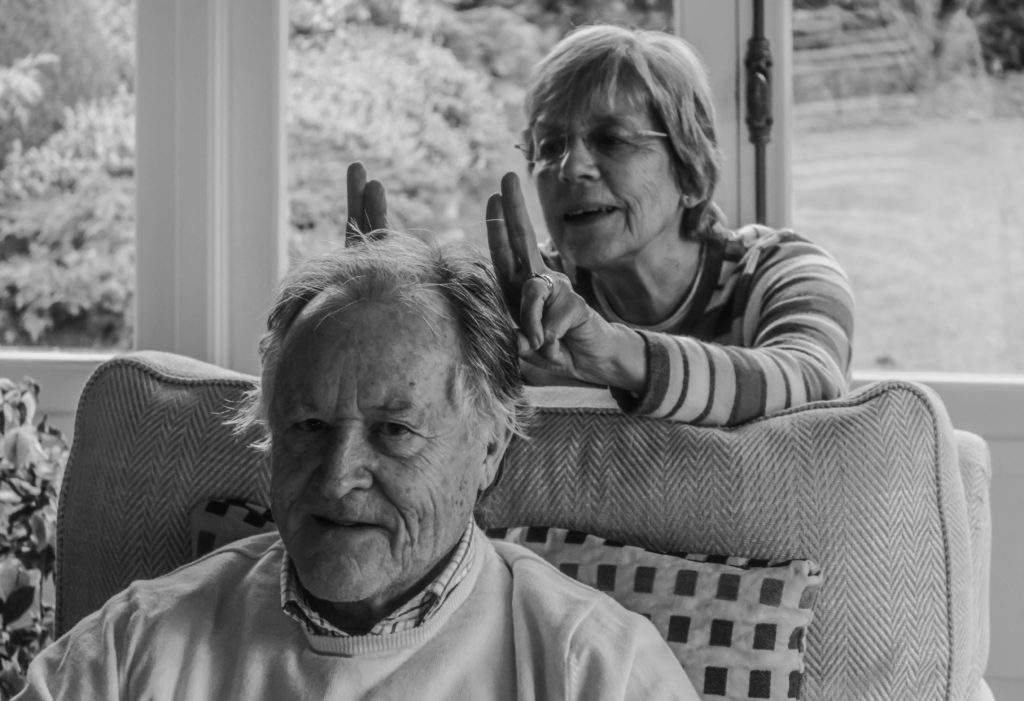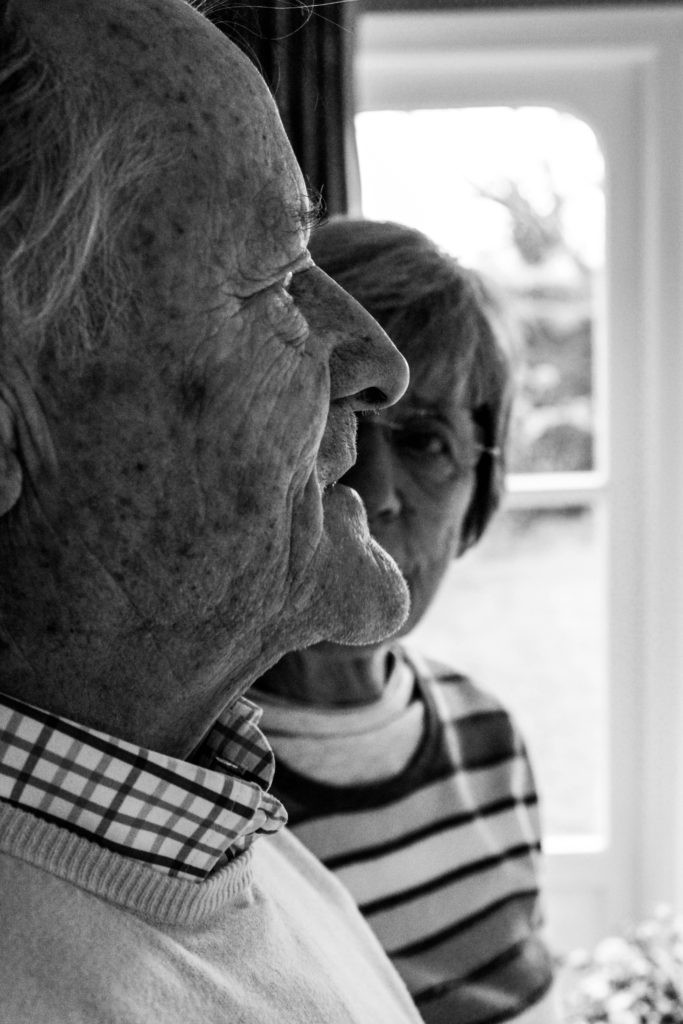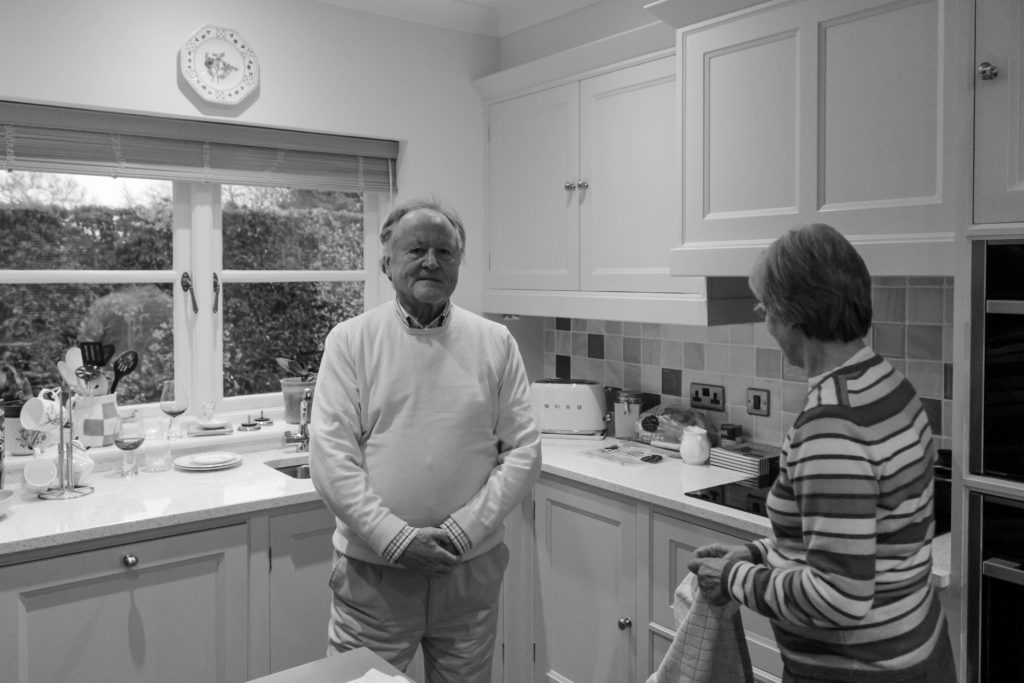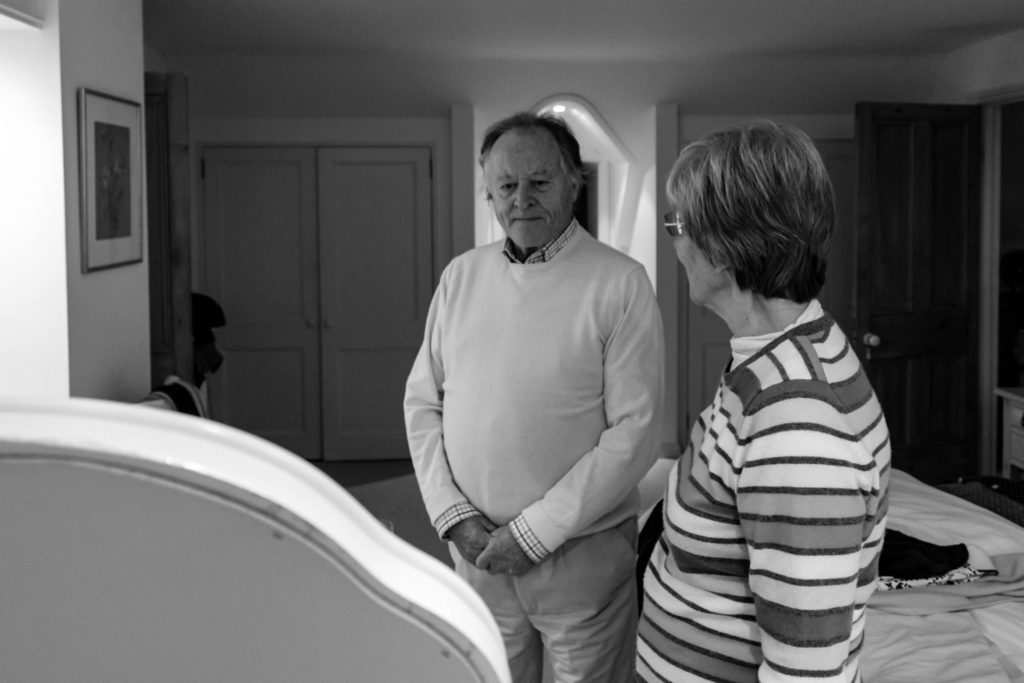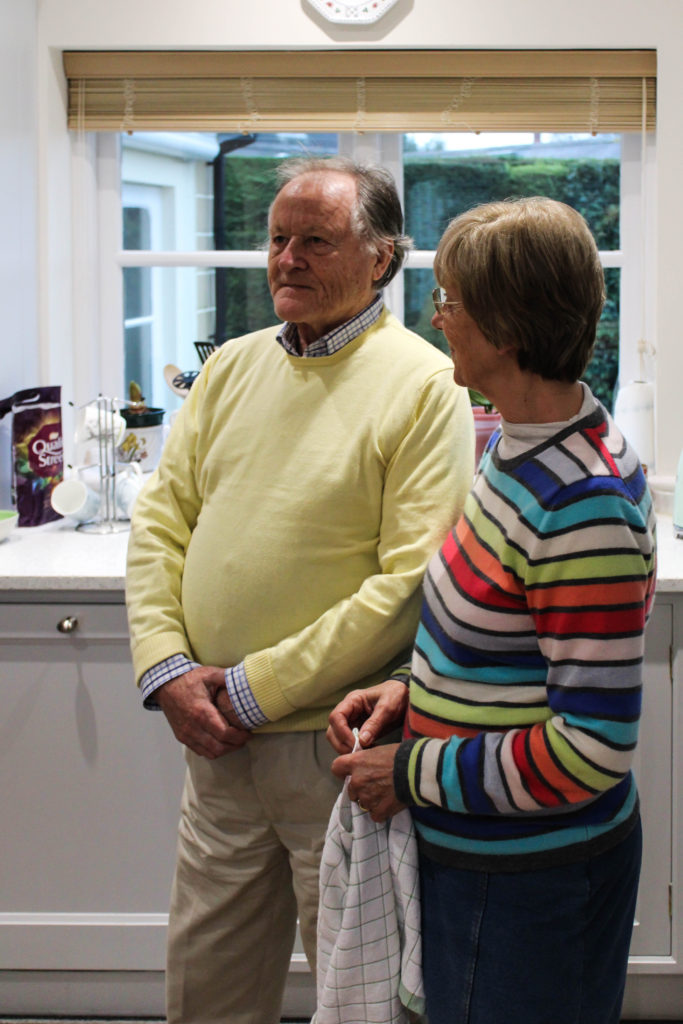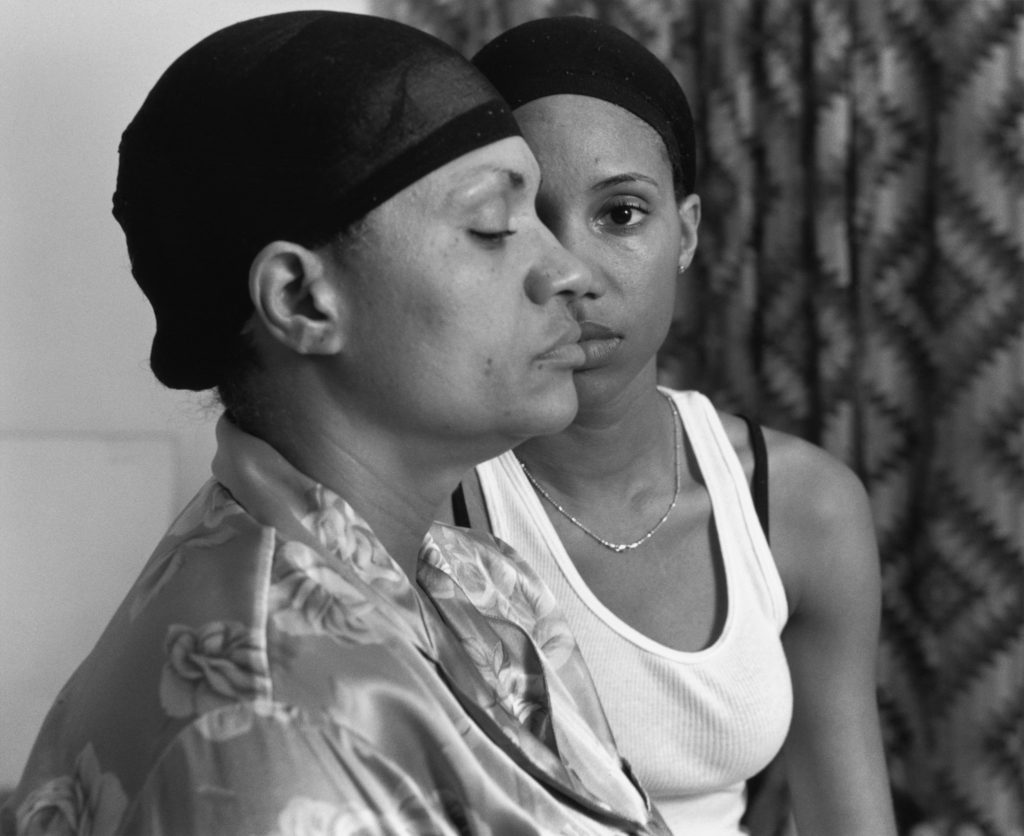Mood Board:

David Kirscher is a photographer based out of Paris and Madrid. His work is very diverse ranging from fashion and editorial work with models to even just photographing his friends in different situations. His passion for photography started when he was 15. Whether he is shooting with professional models and artificial light or with friends and natural light, he says the bottom line is always the same: how to tell a story with pictures. He says he likes to play with the boundary between fiction and reality, He likes to photograph travels, parties, love scenes, black and white or colour photography, mostly analog, but also digital.
Kirscher works on the assumption that if a picture doesn’t make him feel any emotion, it won’t to anybody. It is certainly not true, but knowing that he has a liking for extreme feelings, it is quite a challenge.
Kirscher says that Cinema is definitely what inspires him the most. He can spend hours analysing frame by frame the light work in a movie, the color of a carpet matching with a lipstick, an outfit, the shape of a lamp reflecting in an eyeball. His portfolio is rather diverse because this is the way he is. He loves soul, jazz, techno, opera, metal, pop, piano, rock ‘n’ roll. There is no overall message. He just tries to be true to himself. And don’t cheat.
Usually for editing, he tries to make the editing process not too visible. And natural. Natural is intimate. He says even in 2019, with all the editing tools and filters we have, natural doesn’t mean anything anymore. So he tries to make it not too visible. No vignette, over-saturation or HDR look. He likes to work with analogue cameras because depending on the film roll, it naturally defines the look you will get.
Kirscher says to create a safe space for his models, communication is the key. He always explain what he’s doing, and try to go step by step, and never force anybody to do anything. He also likes to put some music on. Music is important, it goes through walls. Information from https://beloved-stories.com/david-kirscher-exploring-intimacy-through-photography/?fbclid=IwAR2LoYfRQmJJskTWK5AG_JS9A_-aqKixJt6TT_489jcDEoPHv1FTK45zUhA and https://www.arismoskov.com/index.php/event-experience/310-david-kirscher
Image Analysis:

Technical:
This image looks like it was taken with a red light to capture the raw moment and to create a romantic and sensual aesthetic. The exposure of this photo is neatural which gives the photo detail and sharpness. The aperture for this photo is very quite high and the depth of field is quite sharp. Also, the ISO will be around 400 and the white balance looks to be either daylight or shade.
Visual:
The colour of this photo is very saturated and is quite dark to give it a ominous and mysterious look to it. Also the cropping of this photo leads the eye to the people lying and hugging on the bed. Also, the people being the main focus in the photo makes it stand out a lot.
Contextual:
David’s work is very intimate and shows raw emotions and feelings. The context of intimacy is prevalent in his work and gives the viewer a feeling of intimacy and closeness.
Conceptual:
Natural is intimate. He works on the assumption that if a picture doesn’t make him feel any emotion, it won’t to anybody. No matter who he is working with, he says the bottom line is always the same: how to tell a story with pictures.

